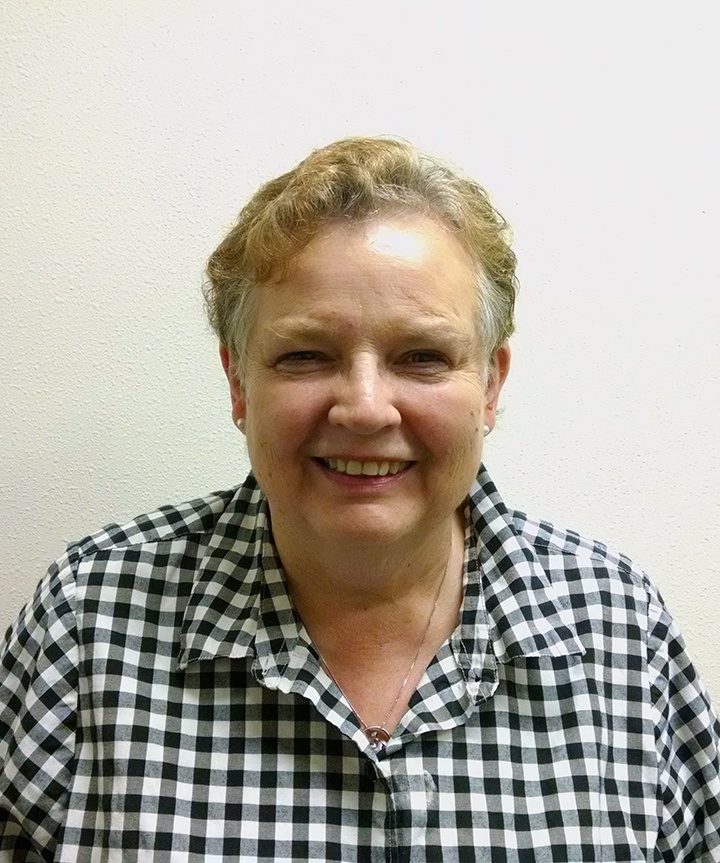School days, school days, good old golden rule days — who remembers that little song?
Isn’t it funny how, when we are in school we look forward to the breaks — winter break, spring break, summer break — even just a long weekend? Once we are out, we look back on some of the best times of our lives. Many of us go back to learning. Some never stop.
I have taken 16 online courses (I just counted them) through Timberland Regional Library. I’ve taken everything from stock market to sign language. English as a second language was probably my favorite. It gave me an insight to how non-English-speaking people learn our language.
Our history in this part of the world is in its infancy. Not quite 125 years ago, the first school was built in the McCleary area. We’ve all heard the stories of how our parents had to walk five miles to school, uphill both ways. We laugh and joke about it, but going to school was not always mandatory, or even possible. The history of our own schools shows the diligence of our parents and grandparents to make sure we had an education that topped theirs.
My own mother completed 10th grade, but did not graduate high school. I completed high school, but not college. Now my daughter has gotten her master’s degree and my son is working on his bachelor’s degree. It is just expected that all the grandkids will graduate from college. Who can spell PhD?
The first school in McCleary was built in 1892 and located on Summit Road out across the railroad tracks where Summit Place is now. The site had been donated to the newly formed school district by Port Blakely Mill Co.
The building was a modest 22×36 and was dedicated May 28, 1892. Over time, the building was enlarged as the student population grew. When the school was outgrown completely, it was maintained for many years as the grange. But, that too, came down in 2004 to make way for the homes that are there now. We have a replica of the school/grange in our Brownfield building.
The Montesano Vidette and The Elma Chronicle carried regular reports on how the students were doing and what they were doing. Excel at spelling and your name was sure to appear in the paper. Perfect attendance was noteworthy as the story of Evelyn Tornquist shows. Tornquist, of McCleary, had perfect attendance for a whole year. She was 8 years old and walked a mile and a half to school every day and was neither absent nor tardy during the 1912-1913 school year. She also made good grades and in deportment was always ranked perfect.
In September 1901, the attendance had swelled to 59 students. It was time for a well with a pump to be dug. Firewood was needed to keep the building warm for the children. They held ‘wood chopping bees’ where the men would chop wood all day long and the ladies would prepare food to feed the hungry workers.
There was a rumor in 1903 that the school at Summit could not get a teacher at $80 a month. This was a false rumor, according to O. Glancey, who said they had hired Mr. Parrish for $60 a month.
In 1907, a 250-pound bell was purchased, as well as new desks and seats. We have the school bell in the Brownfield building also. Amazing as this is, the school building did not get electricity until 1935. Since the Summit School was one mile north of McCleary and too far for some to travel, there was another school at Sine, which was one and a half miles south.
The McCleary School District was formed in 1908. The first school building in town still stands and is occupied as a private home on 3rd street. The building was used as both a church and public school, but only for two years. Henry McCleary had a magnificent two-story four-room building built in 1910 where the current building is now. By 1926, it had burned to the ground. Another went up and has been upgraded many times over the years.
In September 1913, three new rooms had to be added to Summit School. Even with this expansion, the school was once again crowded by 1915 with a total enrollment of 70 students. By 1921, the enrollment had dropped to 50 and it was decided that High School students would be trucked to Elma. Not bussed — trucked. I did not see when busing service started.
Charles H. Fattig gets all the credit for the research for this article. He gives much more than I can share. Charles is a 31-year volunteer for the Historical Society in McCleary. Dedication like that is rare.
Linda Thompson is the editor of the McCleary Museum Newsletter. She has been a volunteer at the museum since 1990.



